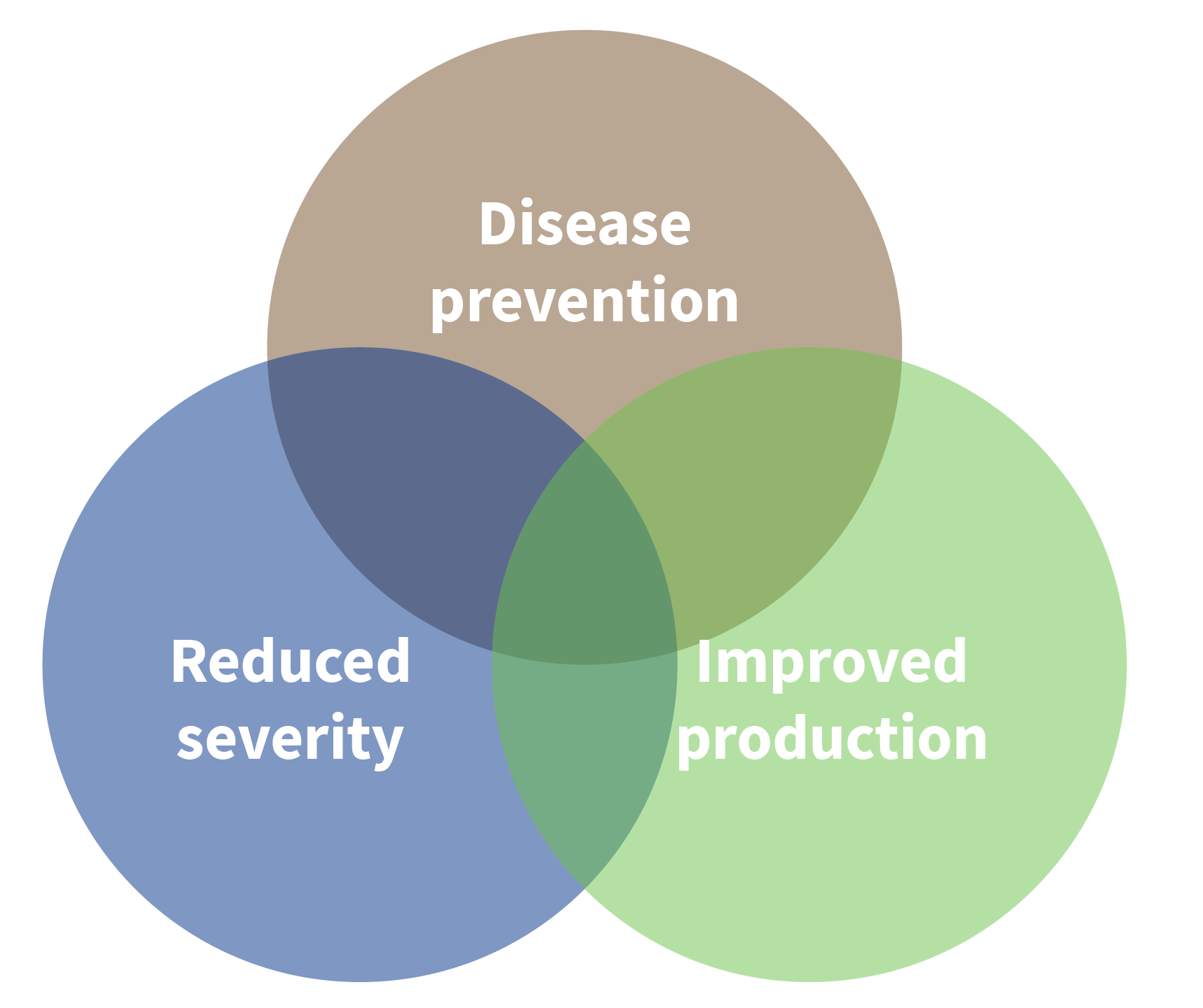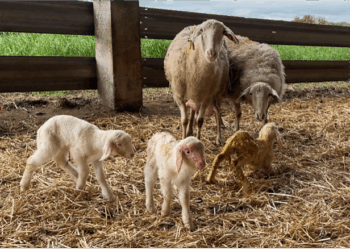Vaccination is an effective tool for improving animal health and welfare. However, the decision to vaccinate the herd is often made based on economic factors. One of the best indicators of whether a measure is profitable is the Return on Investment (ROI). In this article, we will answer the following key question: Is it wise to invest in vaccinating the herd?
What is Return on Investment (ROI)?
It is an easy way to measure the investment’s cost-effectiveness. It is a ratio that compares the gain or loss of an investment in terms of its cost.
When the ROI is greater than 0, we can say that the investment has been cost-effective
If we focus on calculating the ROI of vaccination, we need to know:
– Profit: Gains or savings in production costs when vaccinating versus not vaccinating.
– Investment: Cost of the vaccine, considering the doses required.

Why is vaccination a cost-effective measure?
The results obtained by vaccinating usually have a positive effect on the health and productive potential of the animals:

– Disease prevention: Vaccination programs help reduce the incidence of diseases. In this way, we improve the health and welfare of the animals. This reduces the economic impact of disease due to factors such as mortality, reduction in production, and use of treatments.
Clostridial vaccines, which can prevent the sudden death of both young and adult animals, are a case in point.
– Reduced severity: For different reasons, some vaccinated animals may develop the disease. However, these cases will be less severe and have fewer negative economic consequences.
As a reference, we have vaccination against mastitis in sheep and goats, which will result in fewer deaths and, therefore, less replacement.
In most cases, the risk of not vaccinating (for example, mortality, loss of production, treatment costs) has a greater economic impact
– Improved production: Another benefit of vaccination is an improvement in the productive efficiency of the animals. For example, vaccination against C. abortus will help us have healthier births and improve the reproductive parameters of the flock. However, in feedlots, we will have better lamb growth if we vaccinate against M. haemolytica leukotoxin.
Conclusions
– ROI can tell us whether an investment, such as vaccination, is cost-effective.
– To calculate the ROI, we need to collect the farm’s data.
– Investing in vaccination is more cost-effective than treating sick animals, and we also avoid the negative impact of diseases on production.
References:
Chase C, Parreño V, Bradford B, Sordillo L (2022) Bovine Immunity:
Making Immunology and Vaccinology Come Alive. Servet editorial,
Grupo Asís. Copyright ©2022 HIPRA S.A.
Article written by:
Tania Perálvarez Puerta. Global Product Manager, Small Ruminants Franchise – HIPRA




